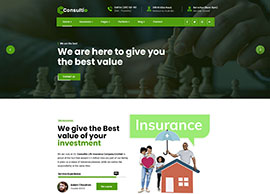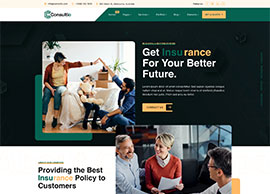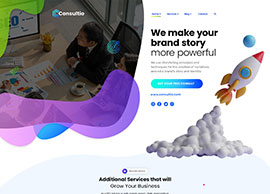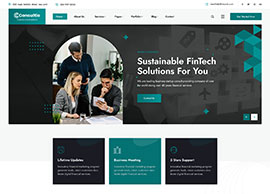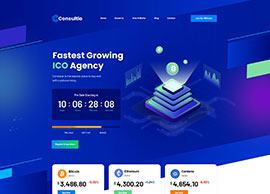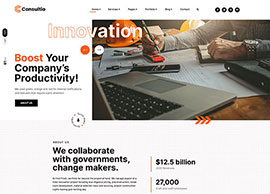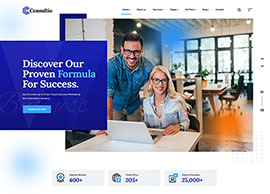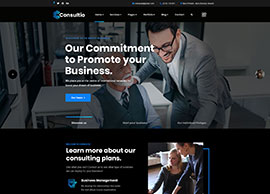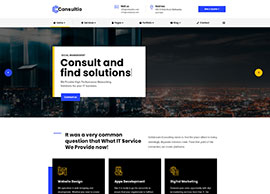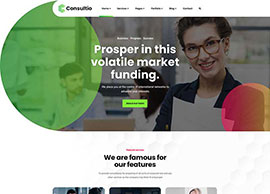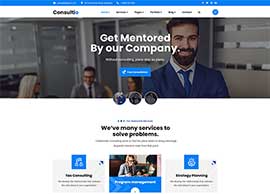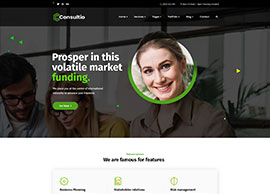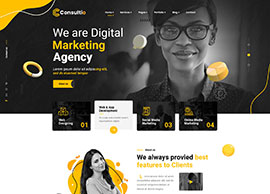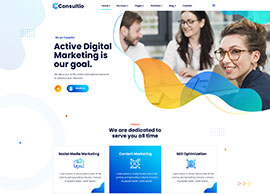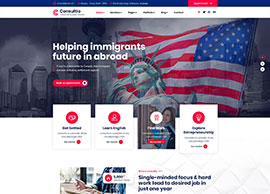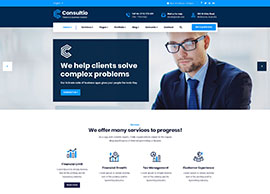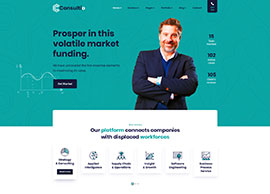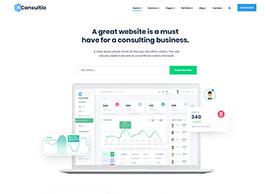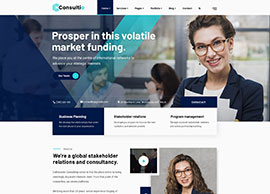It can be very complicated to purchase mailing equipment and postage because there are so many different charges and often time avoidable fees can arise. This gets multiplied if you are responsible for multiple locations. I have helped accounts paying tens of thousands of dollars in avoidable fees because they did not understand how they were being billed. In this article we will give you the tools to understand your mailing bills to make sure you are only paying for the services required.
Here are some examples of fees that you may be paying unknowingly. This is not the vendors trying to trick you, since these terms are spelled out in their standard terms and conditions. The issue is who really reads through those terms carefully. Also, there is typically a disconnect between the person who signs the agreement and the department that pays the bills. The good news is that these fees are avoidable! Our goal is to provide a better understanding of your accounts, to make them easy to pay before fees crop up.
Understanding your different account numbers
The main reason that it can be difficult to manage mail equipment expense is that most locations will have four or more different account numbers.
- Location Account Number – This is the main number that will be used to place service calls, order supplies or for customer service inquiries.
- Billing Account Number – If your location is billed to another location, you may have a different number in addition to the Location Account Number. Multiple locations could share the same Billing Account Number.
- Lease Number – This represents the specific lease for equipment installed at that location. It may be from the same firm that provides the equipment or from a third party leasing company. You could have multiple leases at a single location; each will have a different number.
- Postage Account Number (Prepaid funds) – This is the account where you will send money to use for future withdrawals of postage into your meter. Think of it like a checking account where you send funds ahead of time to use as needed.
- Postage Account Number (Advance funds) – This is typically a separate account number used when a customer wants to borrow funds for mail and pay off an invoice. Think of this like a credit card where you are using the money and paying after the fact.
- Meter Serial Number – Although not an account number, this shows which meter took money out of the postage account and is typically referenced on all postage statements (Prepaid and Advance)
Know what is included in your agreements
It is very important to know what is included in your agreements and to understand your terms. Often times this goes overlooked and avoidable fees can occur.
There are three ways people procure mailing equipment:
- Rentals – This is typically only for low end systems where it is only a small meter and scale. Make sure you understand the cost for filling the meter as well as any cost for scale rate changes.
- Purchase Equipment and Rent the Meter – This is for all other units where there is either a base unit or other items that have a specific purchase value. You are still required by law to rent the postage meter. Typically you will get a quarterly meter rental that will have charges for meter refills and advances. Make sure to only fill as needed and for an amount that makes sense to avoid these fees in the future. You will most likely get annual service agreements and rate change protection plan. These are not required but may make sense based on their cost and how much your equipment gets used.
- Lease – The majority of mailing systems are leased. The lease covers the equipment that can also be purchased in #2 above. You need to check what else is included in the agreement. Here are the items to verify:
- Postage Meter – Typically covered, but you want to make sure you do not get a separate rental bill.
- Meter Refills – For when you add money into the meter. These will be $5-20 each on a rental but typically included on a lease.
- Meter Advances – If you are borrowing postage funds, there is a charge for the advance. You could pay up to 1% of the reset amount if it is not included.
- Maintenance – There are different levels of maintenance and you need to check on what is covered. Make sure to ask if training and print heads are included. Also, what are the typical response times and guarantees.
- Scale Rate Changes and Software Updates– You need to make sure this is spelled out because USPS rates have been changing 1-2 times per year and the updates can be expensive. Typically $50-300 each based on the type of system. If these are not covered on the lease, you can typically get rate protection/software update programs for a fixed annual fee.
Additional tips to avoid fees:
Gain online visibility to your accounts – Most vendors will give you a way to log in and see your different expenses for equipment and postage. Many will even allow you to pay bills online. This is a very effective way to have consolidated visibility to your spend.
Pay Bills On Time – This may sound obvious, but the terms that these bills need to be paid may not match up with your internal accounts payable cycle. This is the main reason that fees accrue and it is important to know the “Net” terms and conditions.
Get Rid of Vendor Provided Equipment Insurance – All leases require proof of insurance or they will assign a type of plan that covers fire, theft, damage, etc. This protection will automatically be assigned until you send proof that you have insurance for your office and equipment.
Prefund Postage over Advancing Funds – There are so many fees that can arise by advancing funds, that a simple way to avoid them is to send money in ahead of time. For smaller and mid-size mailers, I typically recommend that you always have a month’s postage funds sitting in idle. For larger mailers there are ACH models to have funds deposited directly from your bank account in a same day or next day mode.
Check End of Lease Options – Make sure you understand your options at the end of the lease. Some agreements have evergreen clauses that can automatically renew for a period of time if you do not instruct the vendor by a specific date prior to the end of lease.
I have spent the majority of my career helping large customers manage their mailing equipment to make sure they are getting the highest service from their vendors at the lowest costs and avoiding these types of charges. It does not have to be difficult to avoid these fees, but it does take understanding the details of what you are paying, the terms of your agreements and when items need to be paid. Hopefully the information above will help you eliminate avoidable fees for the future.





